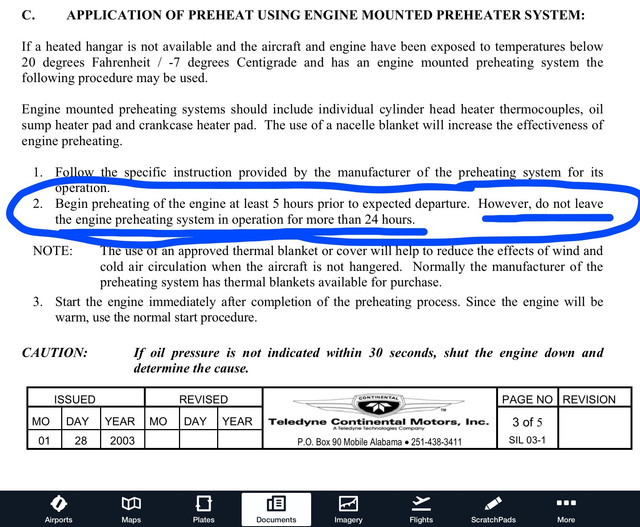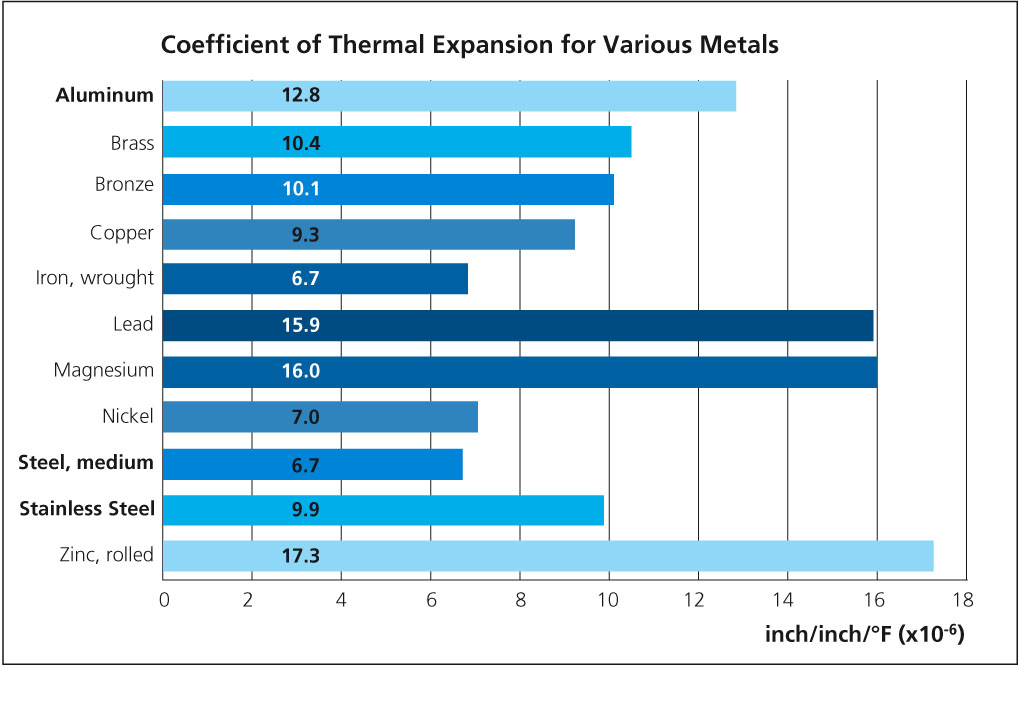flyingbrit
Pre-takeoff checklist
- Joined
- Apr 21, 2014
- Messages
- 411
- Display Name
Display name:
flyingbrit
A good friend of mine was a Lycoming engineer and for grins did a stackup analysis of an old design and discovered a few things. Those "things" never made it to the marketing glossy documents. The first was the "possibility", a remote one but, none the less, possibility of spinning a main bearing due to a cold thermal interference. The parts have to be mixed and matched just right on a "new" engine....but mathematically he was able to have metal to metal contact on the front main journal bearing....enough for it to spin ....at temps around 32 F.
It's easy enough to calculate the difference in contraction between an aluminum crankcase and a steel crankshaft. But add in the steel backed main bearing and it gets a whole lot more complex. Was this included in the analysis?



